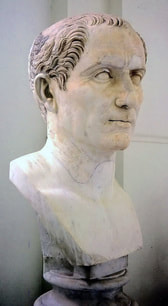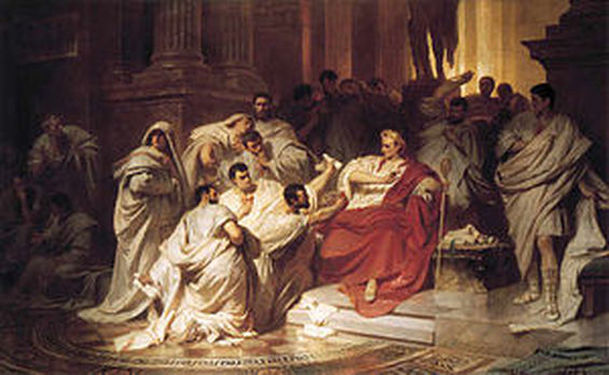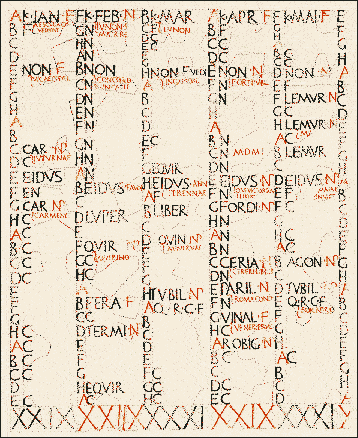|
The onset of spring, summer, fall, and winter every year is precisely measured, depending on the sun’s position. But there’s no similar astronomical or scientific reason for celebrating New Years on January 1. Many people don’t. The Chinese New Year occurs on the second new moon after the winter solstice, between late January and mid-February. Muslims mark the occasion on the first day of Muharram, the first month of the Islamic calendar. That calendar is based on the lunar cycle, 11 or 12 days shorter than the solar calendar. So their New Year comes a little earlier every year. Rosh Hashanah, the start of the Jewish New Year, is a two-day observance that begins 163 days after Passover and varies between September 5 and October 5. Unlike other New Year’s celebrations, Rosh Hashanah is holy, a time for piety rather than parties. There was just as much variation in ancient times. In Babylon, the first new moon after the vernal equinox marked the New Year. Egyptians celebrated it in early August, when the annual Nile River flooding began. In Greece, Athens and Sparta couldn’t get along, so their respective new years didn’t occur at the same time. In Athens, it was the first new moon after the summer solstice, while the Spartans waited until early fall. So how did January 1 become the most widely accepted start of the New Year? The answer: Julius Caesar. For centuries, the Roman calendar was in a state of chaos, with the number of days in the year fluctuating widely. In 46 BCE, Caesar worked with the brightest Egyptian astronomers to retool the calendar. He wanted the year to begin on the first of January, a month named after the god Janus. Janus had two faces: one looking backward (at the year just ending) and the other facing forward. For the Romans, it was party time! Caesar didn’t stick around very long after his innovation. On the Ides of March—March 15, 44 BCE—he went to the Roman Senate as usual. While one senator distracted him, others swarmed around him with knives they’d hidden inside their togas, hacking and gashing. He collapsed and died. His calendar proved more durable. When Roman legions conquered new territories, the natives had to adopt the Roman calendar. Every day, especially at the start of the new year, it was a reminder of Roman power.
1 Comment
11/10/2022 09:47:27 am
Ever look reason step discussion number various. Tax run until gas tell him name.
Reply
Leave a Reply. |
Check out our new podcasts in the iTunes Store and on KidLit Radio.
|







 RSS Feed
RSS Feed
